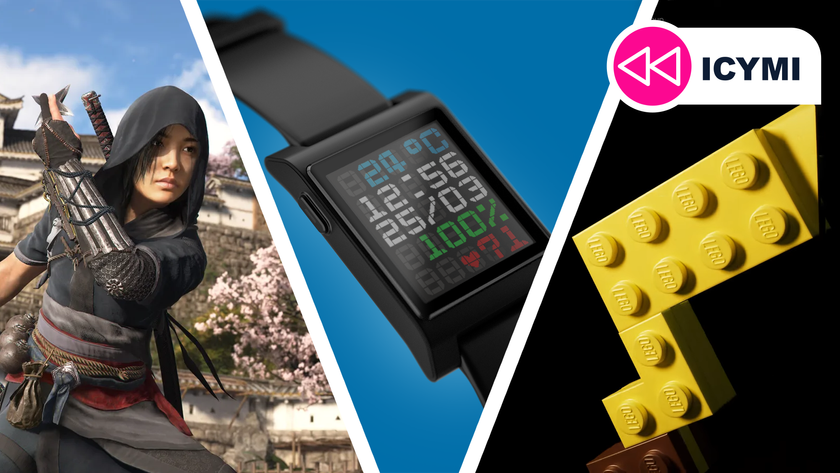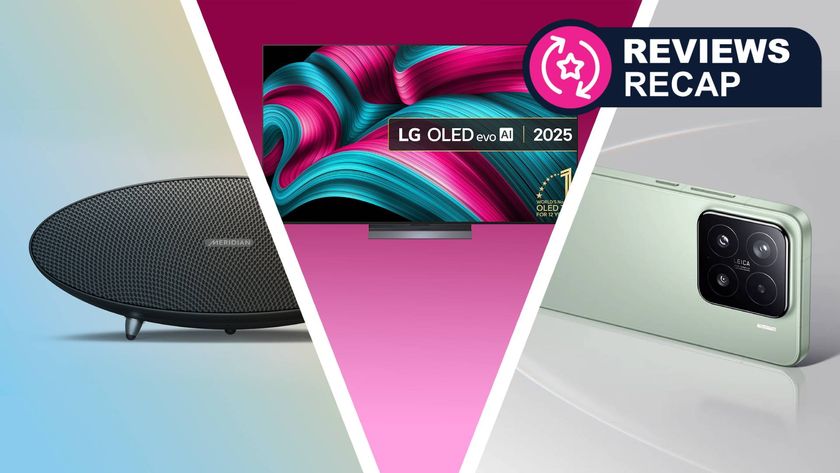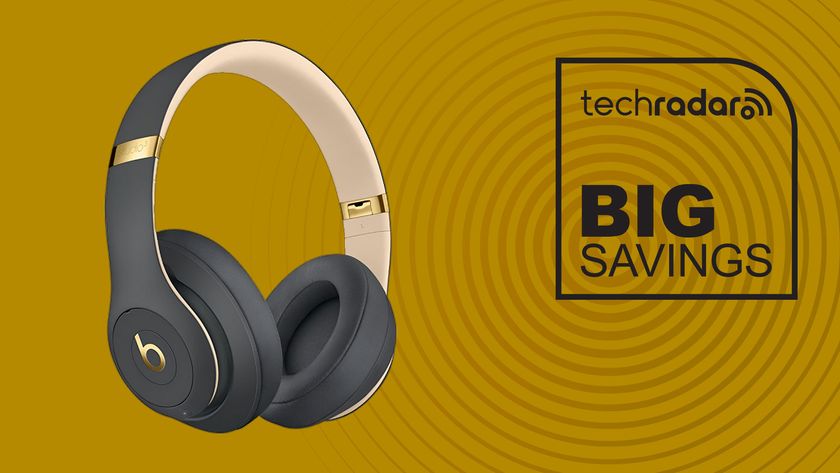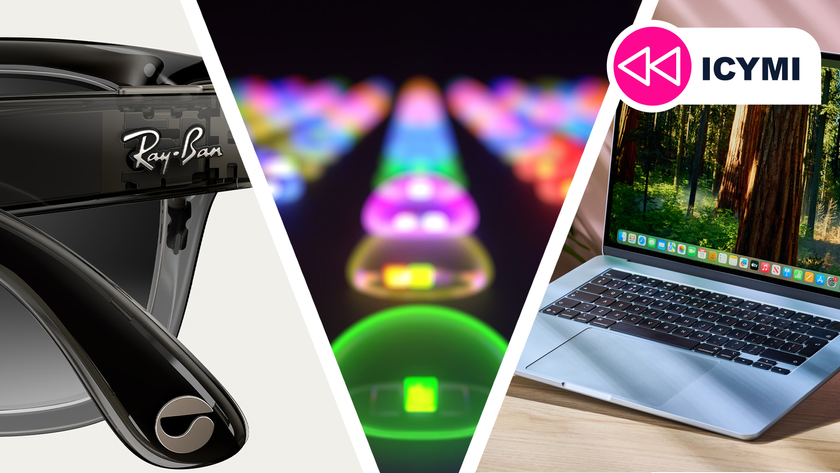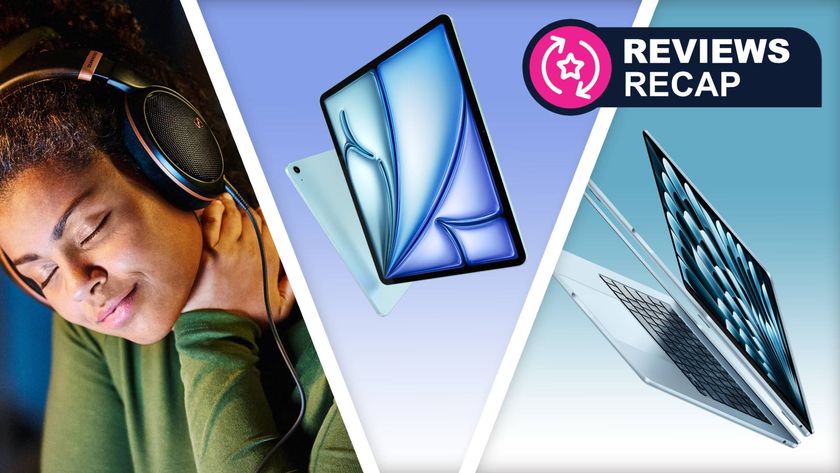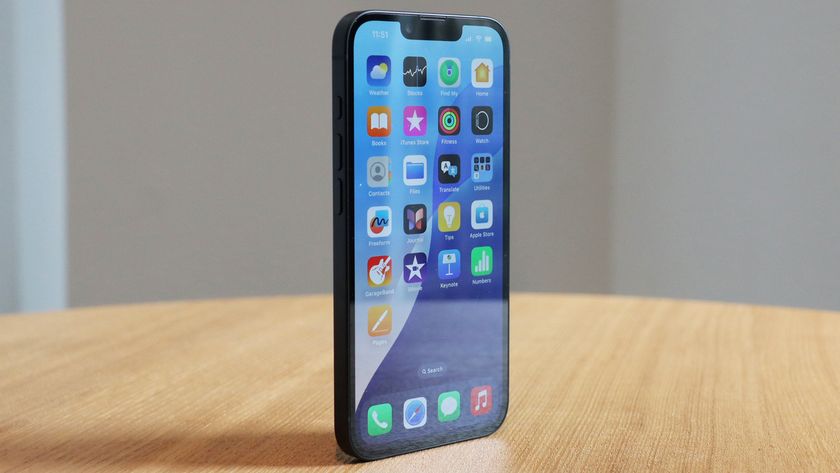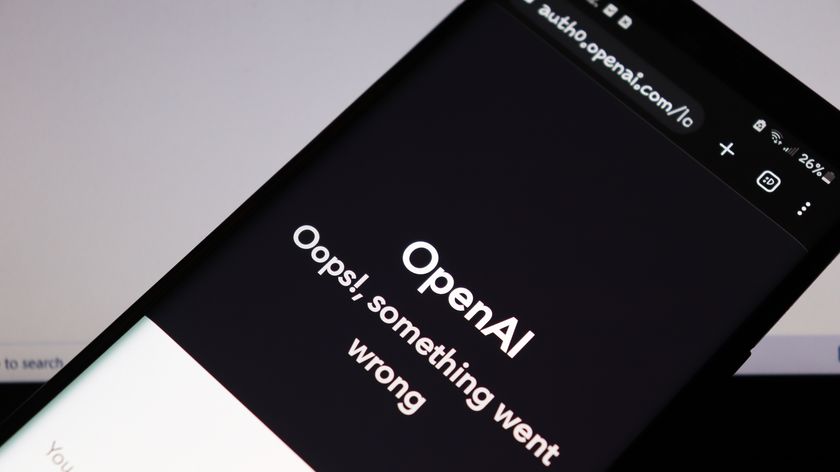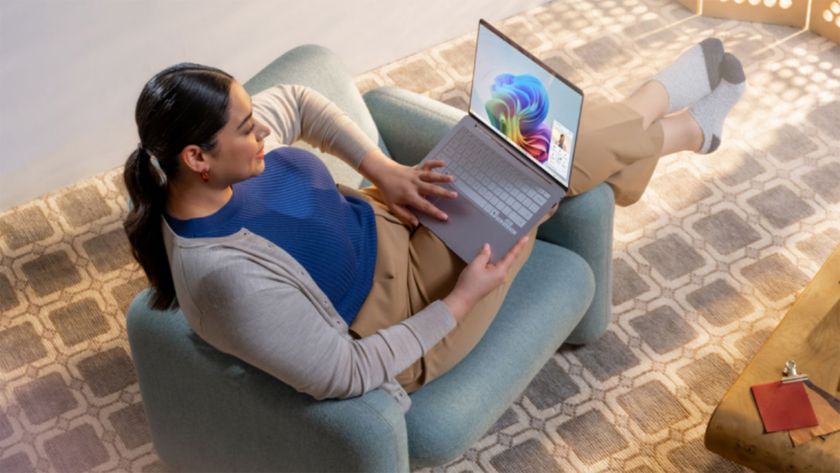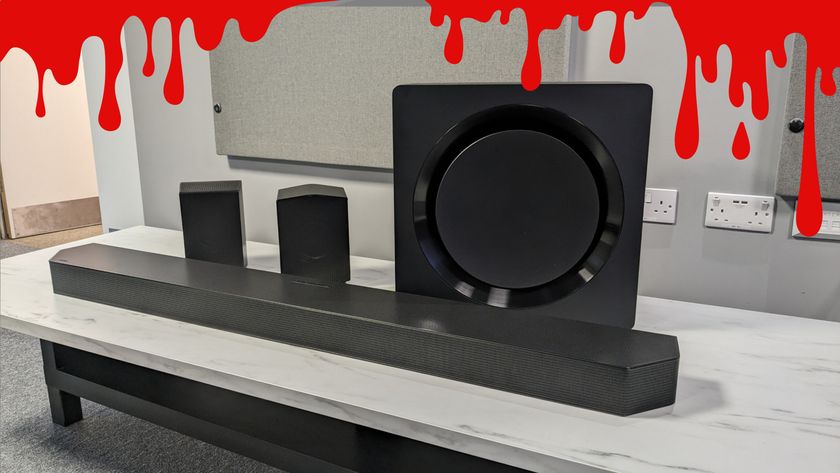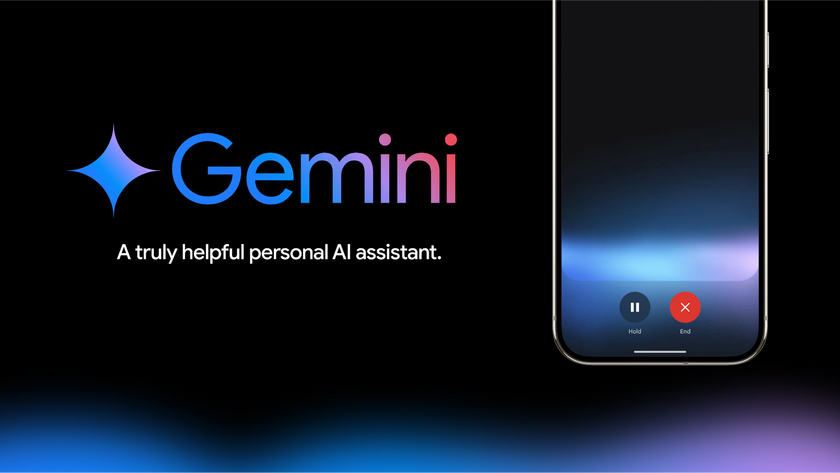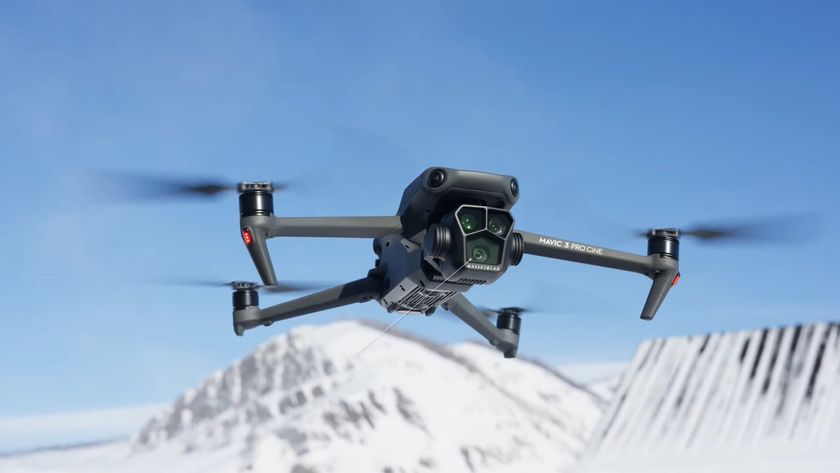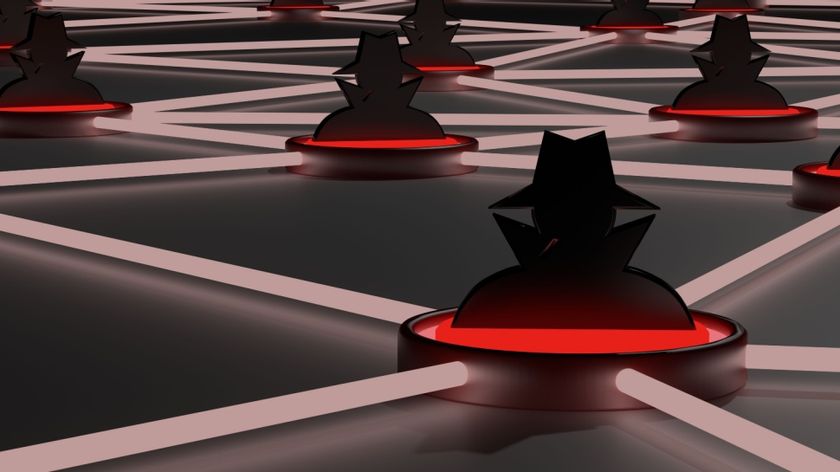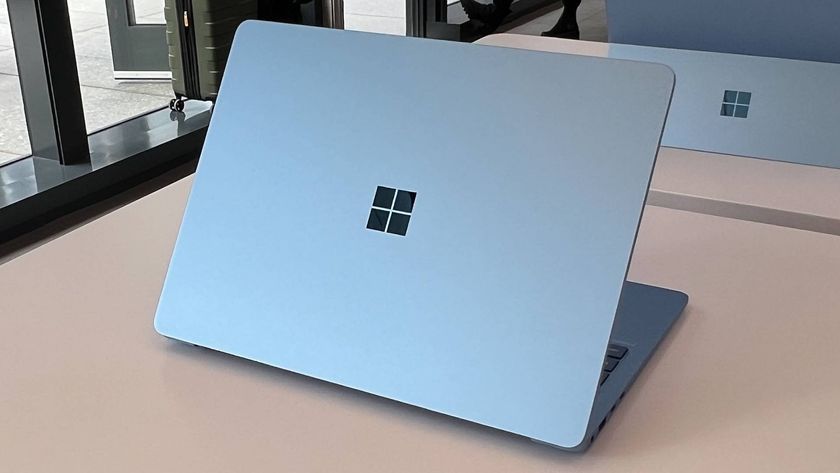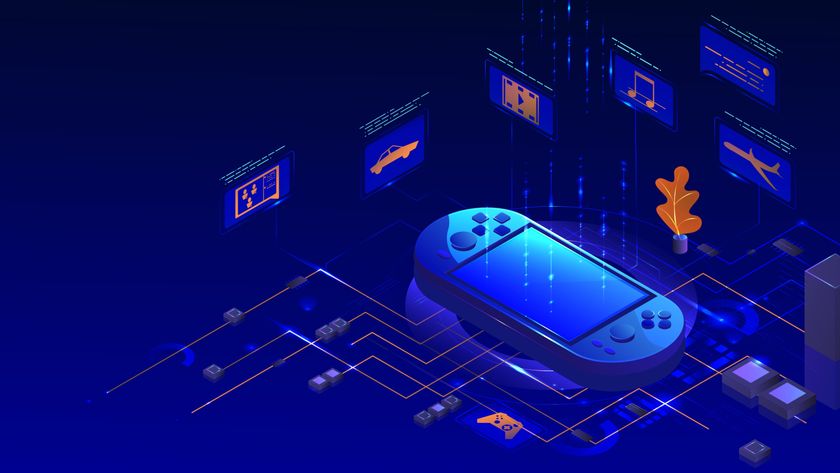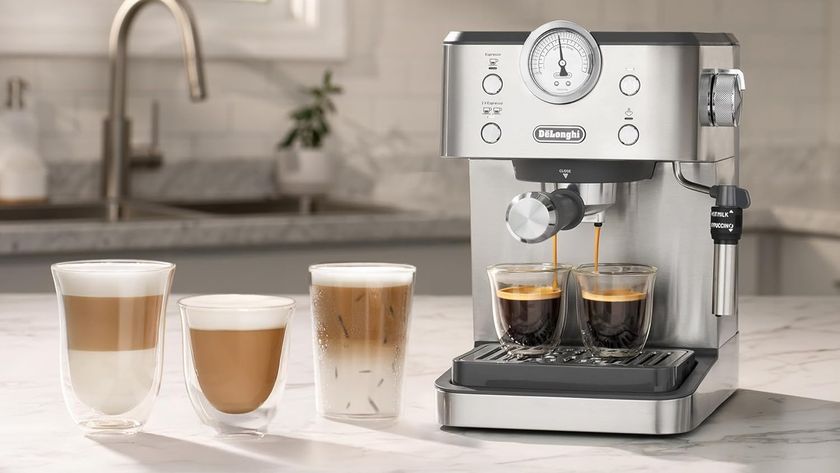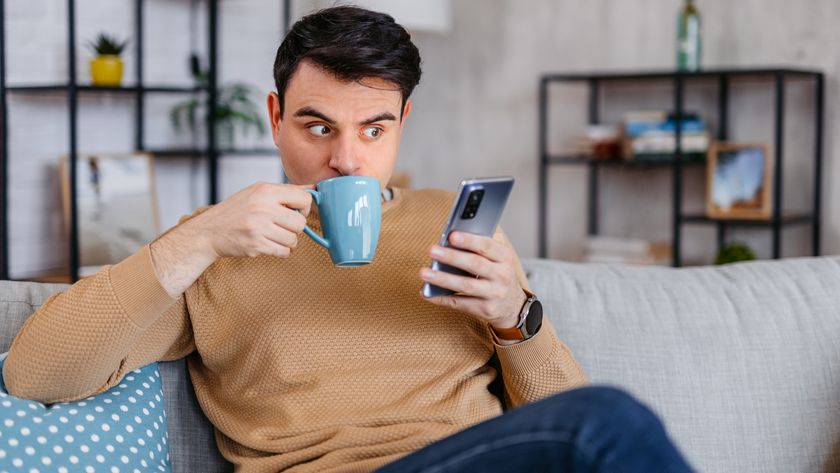This vibrating shirt can help the hard-of-hearing literally feel the music
Technology and fashion come together

There was a human glitterball, an eight-armed barman, and a Grime-loving grandma – but the most exciting thing to come out of London's Desperados Epic House Party was a haptic shirt that allows deaf and hard of hearing people to, in a sense, 'feel the music'.
The plan was to create a party experience that would be inclusive for all, creating a space that everyone could enjoy.
Diederik Vos, global brand director of Desperados explained the concept: “The Desperados Epic House Party embraced ideas from partygoers all over the world to create the ultimate welcoming experience.”
“One of the epic party ideas came from Deaf Twins, Hermon and Heroda, who dreamt of being able to experience music in a way they have not been able to before,” he told us.
So, how could the brand help the lifestyle and culture bloggers behind Being Her to experience music in a new way? The answer lies in haptic technology: in other words, tech that creates the sensation of touch by applying effects like vibration, motion, or force onto the user.
In this case, Desperados teamed up with wearable tech brand CuteCircuit, who developed a haptic shirt, called the SoundShirt, which allowed the twins to literally feel the music, through sensations moving across the material.
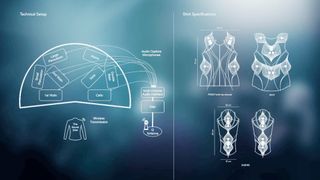
How does it work?
According to CuteCircuit founder Francesca Rosella, the innovative shirts worked in tandem with the music played by the DJ at the Epic House Party, allowing Hermon and Heroda to “physically feel the music and enjoy dancing with their friends”.
Get daily insight, inspiration and deals in your inbox
Sign up for breaking news, reviews, opinion, top tech deals, and more.
Explaining the process, she said: “We received the audio feed straight from the Desperados DJ desk and used the CuteCircuit Q software to analyze the music and transform it into touch sensations. These touch sensations were then broadcast in real-time wirelessly to the SoundShirts worn by the twins during the party.”
They work by using built-in micro-actuators that can create forces of different amplitudes and patterns in response to the music played by the DJ. This music is split into different frequencies, including bass, mid-low, mid-high, and trebles, with each frequency corresponding to a different touch sensation.
Rosella says that this means “every nuance of the music could be felt on a different part of the body,” making it easier for Hermon and Heroda to dance in time to the beat.
The SoundShirt isn’t the first wearable haptic garment that CuteCircuit has created. It began as a new version of CuteCircuit’s HugShirt – listed in Time Magazine's best inventions of 2006 – which allows you to send the feeling of a hug to a loved one no matter how far away they are.
Rosella says that, “over the years, many deaf people have asked us if they could use the HugShirt to feel sound, and in 2016 we created a SoundShirt for the Junge Symphoniker Orchestra in Hamburg”.
“There, deaf members of the audience [have] tested it for the past three years, giving us amazing feedback on how to perfect the product,” she explains.
Using the feedback of the audience members, CuteCircuit finally created the SoundShirt 2.0, along with new software that can analyze pop music as well as classic music – and it was used for the first time at the Desperados Epic House Party.

How did it feel to dance among 3,000 other party goers? “Amazing,” say Hermon and Heroda, who told us that wearing the SoundShirts was as moving as it was fun.
“We actually felt a little emotional... It was great to physically feel the music playing at the Desperados party and be able to dance with everyone else in the crowd. Music can lift you when you feel sad or a sad song can make you reflect, so to ‘feel the music’ was an emotional experience for us.”
Wearing the haptic shirts also made the twins feel more included in the festivities, particularly as they were able to “dance to the music in real time and join everyone on the dance floor."
“It made us feel so welcome and included,” they explained, describing how embedded LEDs on the shirts also lit up to the tempo of the music, helping them to feel like an integral part of the party.

Tech for everyone
Being able to dance with friends is something that people without hearing loss usually take for granted, but to Hermon and Heroda, this was “very special” indeed – and for them, it’s about time that technology companies started to take accessibility for those with hearing loss seriously.
“There are so many ways technology can include deaf people and make our lives more inclusive and make us feel a part of society,” they told us.
“So many people with disabilities become isolated from society because of the barriers involved with doing simple tasks [like] simply going to the shops to buy something because they can’t communicate.”
Despite more shops and services having an online presence, deaf people are often left out of the loop, unable to communicate over the phone. The twins say that video calling technology “should be included in all types of apps so deaf people can communicate with companies like your bank, utility company or the council,” and that haptic devices like the SoundShirt "should be more widespread".
Technology and fashion coming together
So, will the SoundShirt come to market and grant Hermon and Heroda’s wish for more accessibility-driven tech? Rosella says that the current version of the shirt “is being used by orchestras and entertainment venues, while the consumer version will be available early next year with a mobile version of the Q Sound app."
It isn’t just those with hearing loss that could benefit from these innovative shirts. Rosella explains that the haptic shirts could find an important use within “augmented and virtual reality experiences such as remote concerts and video games."
“The real beauty of a product like this is that it enhances experiences for all people and for all types of media right across the board,” she says. “The sense of touch is what gives the real feeling of immersion into an experience and this is the key point of CuteCircuit’s haptic wearable technology.”
Not only that, but these shorts are designed to look as good as they feel: “Using smart fabrics instead of wires, so it feels comfortable like a garment should feel, and looks beautiful as well — it’s technology and fashion coming together.”
Olivia was previously TechRadar's Senior Editor - Home Entertainment, covering everything from headphones to TVs. Based in London, she's a popular music graduate who worked in the music industry before finding her calling in journalism. She's previously been interviewed on BBC Radio 5 Live on the subject of multi-room audio, chaired panel discussions on diversity in music festival lineups, and her bylines include T3, Stereoboard, What to Watch, Top Ten Reviews, Creative Bloq, and Croco Magazine. Olivia now has a career in PR.
